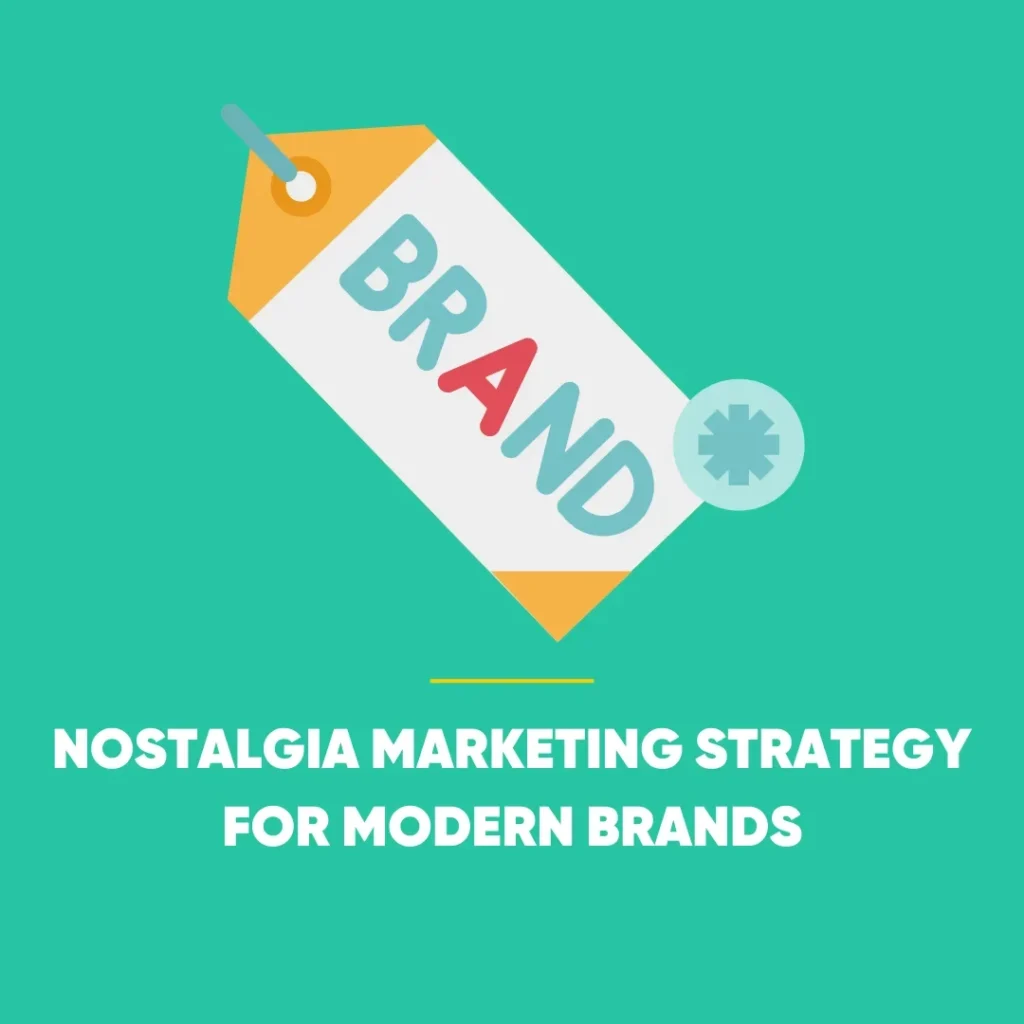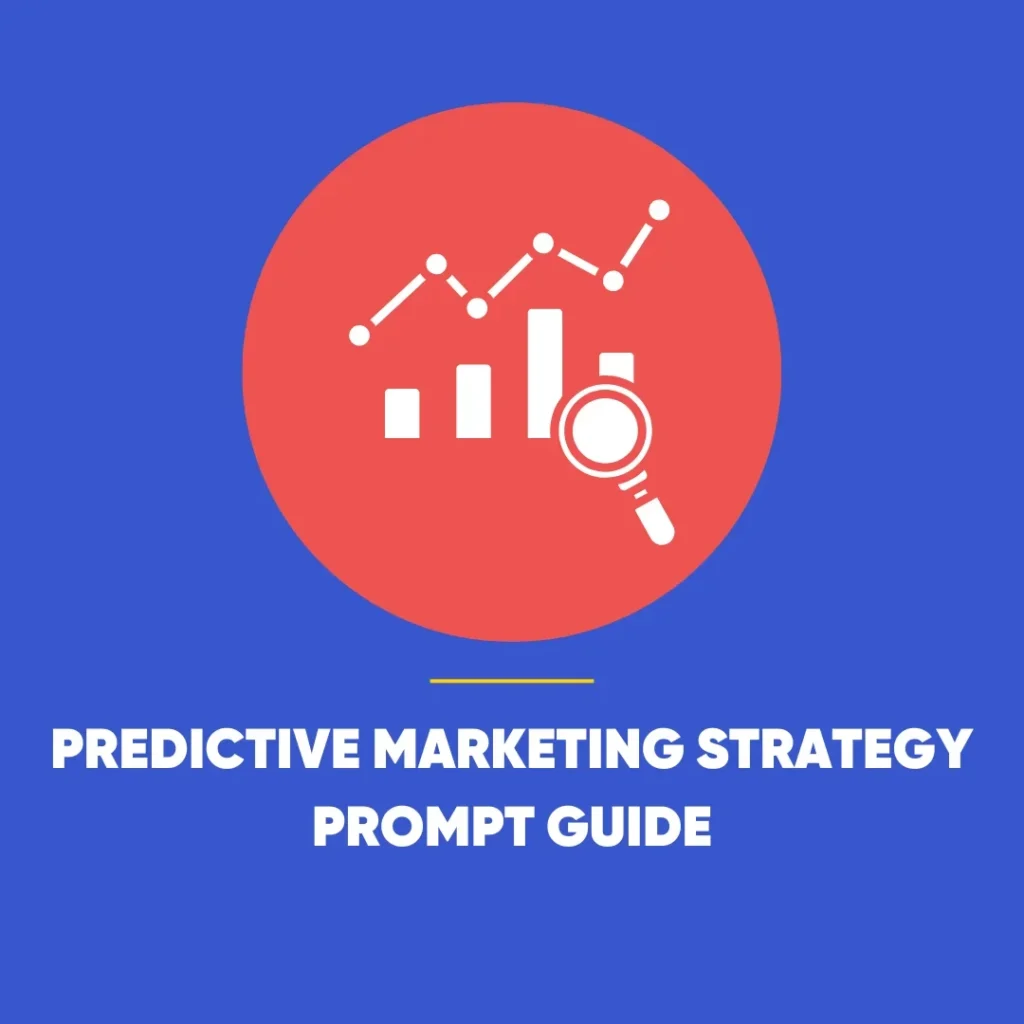Content Distribution Strategy: Crafting the Optimal Approach
Creating exceptional content is essential for any successful content distribution strategy and achieving long-term marketing goals. However, merely producing great material is only half the equation. An equally effective content distribution strategy is crucial for ensuring that your efforts reach the right audience. This article will explore the fundamentals of content distribution, present a detailed step-by-step plan, and share valuable tips and tools to enhance your distribution strategy.
What Is Content Distribution?
Firstly, content distribution involves the processes of publishing, sharing, and promoting your content across various channels. Ultimately, the primary goal is to attract as many viewers as possible, ensuring your hard work does not go unnoticed.
In addition, in today’s digital landscape, countless new pieces of content emerge every minute. To illustrate this challenge, here are some startling statistics:
- 70 million new WordPress posts are created every month.
- 90.63% of content receives no traffic from Google.
- The average engagement rate of an organic Facebook post is a mere 1.52%.
- Only 5.7% of pages rank in Google’s top 10 within a year of publication.
These figures highlight the necessity of a robust content distribution strategy. In fact, effectively disseminating content across multiple channels increases the chances of reaching the right readers at the right time. Ultimately, this approach leads to higher engagement and sales.
The Content Distribution Channels You Need to Know
A successful content distribution strategy involves leveraging three main types of channels: owned, paid, and earned.
Owned Channels
Owned channels refer to the platforms and properties that your organisation controls. These include your website, social media profiles, newsletters, and any other digital assets under your management. Owned channels provide a solid foundation for building your audience and engaging directly with them.
For example, when promoting a new blog post, you might share it on your company’s Facebook, Instagram, and LinkedIn accounts. Here’s a breakdown of how to maximise the impact of your owned channels:
- Website: Ensure your website is optimised for search engines (SEO) and user experience (UX). Regularly update your blog with high-quality content to keep readers engaged and encourage them to return.
- Social Media: Use various platforms to share snippets or highlights of your content. Tailor your messaging to each platform’s audience. For example, use visually appealing images and hashtags on Instagram while focusing on succinct updates and links on Twitter.
- Email Newsletters: Create a regular newsletter to keep your audience informed about new content, industry news, and other valuable insights. Personalise your emails to enhance engagement.
Paid Channels
Paid channels encompass any platform where your organisation invests money to promote its content. This includes pay-per-click (PPC) advertising, sponsored posts on social media, and partnerships with influencers.
Utilising paid channels can significantly amplify your reach, especially when starting or launching new content. Here are some effective strategies for leveraging paid channels:
- PPC Advertising: Invest in Google Ads or Bing Ads to drive traffic to your content. Target specific keywords relevant to your audience to maximise visibility.
- Social Media Ads: Platforms like Facebook, Instagram, and LinkedIn offer robust advertising options. Create eye-catching ads that direct users to your content, adjusting targeting based on demographics and interests.
- Sponsored Content: Collaborate with influencers or industry publications to feature your content. This strategy not only enhances credibility but also exposes your work to a wider audience.
Earned Channels
Earned channels involve any third-party platform that shares or promotes your content without direct payment. For example, this includes mentions on blogs, shares on social media, and backlinks from reputable sites. Furthermore, earned media is valuable as it signifies that others find your content noteworthy.
Here are a few strategies to earn mentions and shares:
- Engaging with Influencers: Build relationships with industry influencers who might share your content with their audiences.
- Guest Blogging: Write guest posts for reputable websites in your niche. This not only builds backlinks to your site but also establishes your authority.
- Press Releases: Create compelling press releases for significant events, product launches, or research findings. Distributing these through platforms can lead to earned media coverage.
Content Distribution: Step-By-Step
Developing a successful content distribution strategy involves a systematic approach. Follow these steps to ensure your content reaches its intended audience.
1. Research Your Audience
Understanding your audience is crucial. First, identify who they are, their interests, and where they spend time online. Ultimately, this insight will effectively guide your distribution strategy.
Consider conducting surveys, engaging with your audience on social media, and using analytics tools to gain insights. Additionally, identify the type of content that resonates with your audience. For example, tools like BuzzSumo can help analyse previous content performance, allowing you to see which topics generated the most engagement.
2. Create a Content Calendar
A content calendar serves as a roadmap for your distribution efforts. It outlines what content will be published, where it will be distributed, and when. Here are some essential elements to include:
First and foremost, content topics: list the topics or titles of your content pieces. Next, publishing schedule: specify the dates for publishing each piece. Furthermore, distribution channels: clearly outline which channels you will use for each piece of content. Finally, administrative details: ensure that login credentials and other essential information are accessible to your team.
3. Plan and Tailor Copy to Each Platform
Creating tailored content for each platform is essential. Avoid a one-size-fits-all approach. Instead, craft messaging that suits the platform’s unique audience and format. For instance:
To begin with, social media posts: create catchy headlines and compelling visuals to draw attention. Additionally, use hashtags to improve discoverability. Similarly, email campaigns: write engaging subject lines and concise body text to encourage clicks. Moreover, ads: design ads that align with the platform’s aesthetic and user expectations.
Example of Platform-Specific Tailoring
When promoting a blog post about effective time management, the social media copy might look like this:
- For LinkedIn, use the message: “Discover proven time management techniques to boost productivity in the workplace. Furthermore, read our latest blog post for tips that work!”
- On Instagram, post a visually appealing image with the caption: “Feeling overwhelmed? In that case, check out our blog for tips on mastering time management! [Link in Bio]”
- On Twitter, share the message: “Struggling with time management? Additionally, our latest blog post shares key strategies to regain control! #TimeManagement #Productivity”
4. Measure and Optimise
Your content distribution strategy should include regular measurement and optimisation. Track key performance indicators (KPIs) to assess the success of your strategy. Here are some important KPIs to consider:
- Impressions: The number of times your content is displayed. In addition, this metric helps you gauge visibility.
- Shares: This reflects how often your content is shared on social media platforms. Consequently, higher shares indicate greater reach.
- Likes: Engagement levels on social media posts show how well your audience resonates with your content. Thus, likes are a key indicator of success.
- Traffic by Channel: Moreover, understand which channels drive the most traffic to your content. This insight allows for strategic adjustments.
- Conversions: Track how many users take the desired action, such as signing up for a newsletter or making a purchase. Ultimately, conversions reflect your content’s effectiveness.
- Bounce Rate: The percentage of visitors who leave your site without interacting. Therefore, a high bounce rate may signal a need for content improvement.
Regularly analyse this data and adapt your strategy based on what works. For instance, if a particular channel consistently underperforms, consider reallocating resources to a more effective platform.
Best Practices for Content Distribution
To elevate your content distribution strategy, consider implementing the following best practices.
Automate Where Possible
Streamlining your content distribution efforts through automation can save time and increase efficiency. Here are a few automation tools to consider:
- Social Media Scheduling Tools: Platforms like Hootsuite and Buffer allow you to schedule posts in advance, enabling you to maintain a consistent online presence without the need for constant manual updates.
- Email Marketing Automation: Use tools like Mailchimp or Constant Contact to set up automated email campaigns, ensuring your audience receives timely updates about new content.
- Analytics Automation: Tools such as Google Analytics can be set up to automatically track and report your KPIs, allowing you to focus on strategic adjustments rather than manual data collection.
Experiment With Every Distribution Channel
Finding the right mix of distribution channels may require experimentation. Therefore, don’t hesitate to try new platforms or methods. In addition, regularly introduce new channels into your strategy to discover what resonates with your audience.
When experimenting, especially with paid channels, closely monitor the relevant KPIs to measure return on investment (ROI). This will enable you to assess which channels provide the best results for your content.
Recycle Old Content
Don’t overlook the value of repurposing old content. If you have high-performing content from the past, consider adding it to your distribution schedule. Here’s how to recycle effectively:
- Update Old Posts: Refresh outdated content with new information, statistics, or visuals, then redistribute it to your audience.
- Change Formats: Transform existing content into different formats. For instance, a popular blog post can be turned into an infographic, video, or podcast episode.
- Create Summary Posts: Compile a list of your best content pieces into a comprehensive guide or resource page. Share this with your audience as a valuable reference.
Essential Tools and Platforms for Sharing Content
While distributing content requires manual effort, several tools can streamline the process, automate tasks, and measure results effectively. Here are some valuable platforms to consider:
1. HubSpot
HubSpot’s marketing hub is a comprehensive tool for content distribution. It allows you to schedule, post, and monitor content across various channels, including social media and email. Although it may be on the pricier side, its capabilities simplify content distribution efforts and provide valuable analytics.
2. HARO (Help a Reporter Out)
HARO connects journalists with sources. Additionally, you can sign up as a source and respond to relevant queries from journalists seeking expert opinions. As a result, this can earn you valuable earned media and backlinks.
3. BuzzSumo
BuzzSumo is a powerful tool for content research and analysis. You can discover what content is performing well in your niche, identify influencers, and keep track of trending topics to guide your distribution strategy.
4. CoSchedule
CoSchedule offers a suite of marketing tools, including a content calendar, social media scheduling, and analytics tracking. This all-in-one solution is particularly helpful for managing and optimising your content distribution efforts.
5. Mailchimp
Moreover, Mailchimp is a widely used email marketing tool that enables you to create and manage email campaigns efficiently. Furthermore, its automation features allow you to segment your audience and send targeted content.
6. Buffer
Buffer is a user-friendly social media scheduling tool. You can schedule posts across various platforms, track engagement, and analyse performance—all in one place.
Conclusion
In summary, crafting an effective content distribution strategy is vital for maximising the impact of your content. By understanding the different channels available and implementing a step-by-step plan, you can reach your target audience more effectively. Always monitor your KPIs and optimise your strategy based on results.
Remember, creating great content is just the beginning. However, by prioritising content distribution, you can ensure your hard work pays off, driving engagement and conversions. Additionally, embrace experimentation, automation, and recycling to continuously improve your distribution efforts. Ultimately, with the right approach, your content can thrive in the crowded digital landscape.









